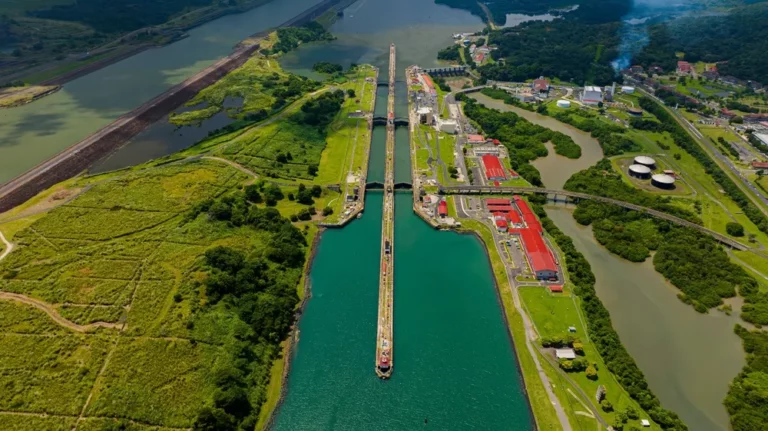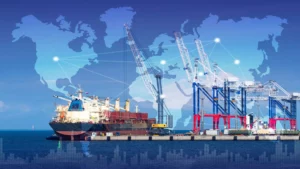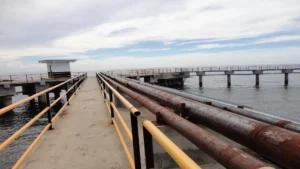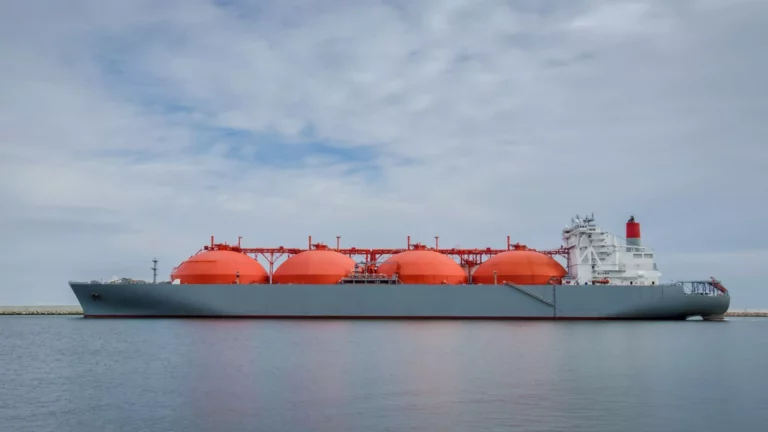The Panama Canal Authority will increase daily vessel traffic on the iconic waterway from 24 to 27 transits per day. This recently announced adjustment, to be implemented starting this month, responds to the need to meet a growing demand for transits, despite facing a severe drought caused by the El Niño phenomenon.
The channel will apply this measure until a change is deemed necessary.
When and why will the Panama Canal increase daily traffic?
According to a statement issued by the Panama Canal Authority (ACP), two additional transits will be added through an auction system for scheduled dates beginning March 18 and one additional transit will be enabled as of March 25. This effort seeks to increase the daily availability of transits at the Panamax locks, which have been in operation since 1914 and are primarily traversed by Panamax vessels.




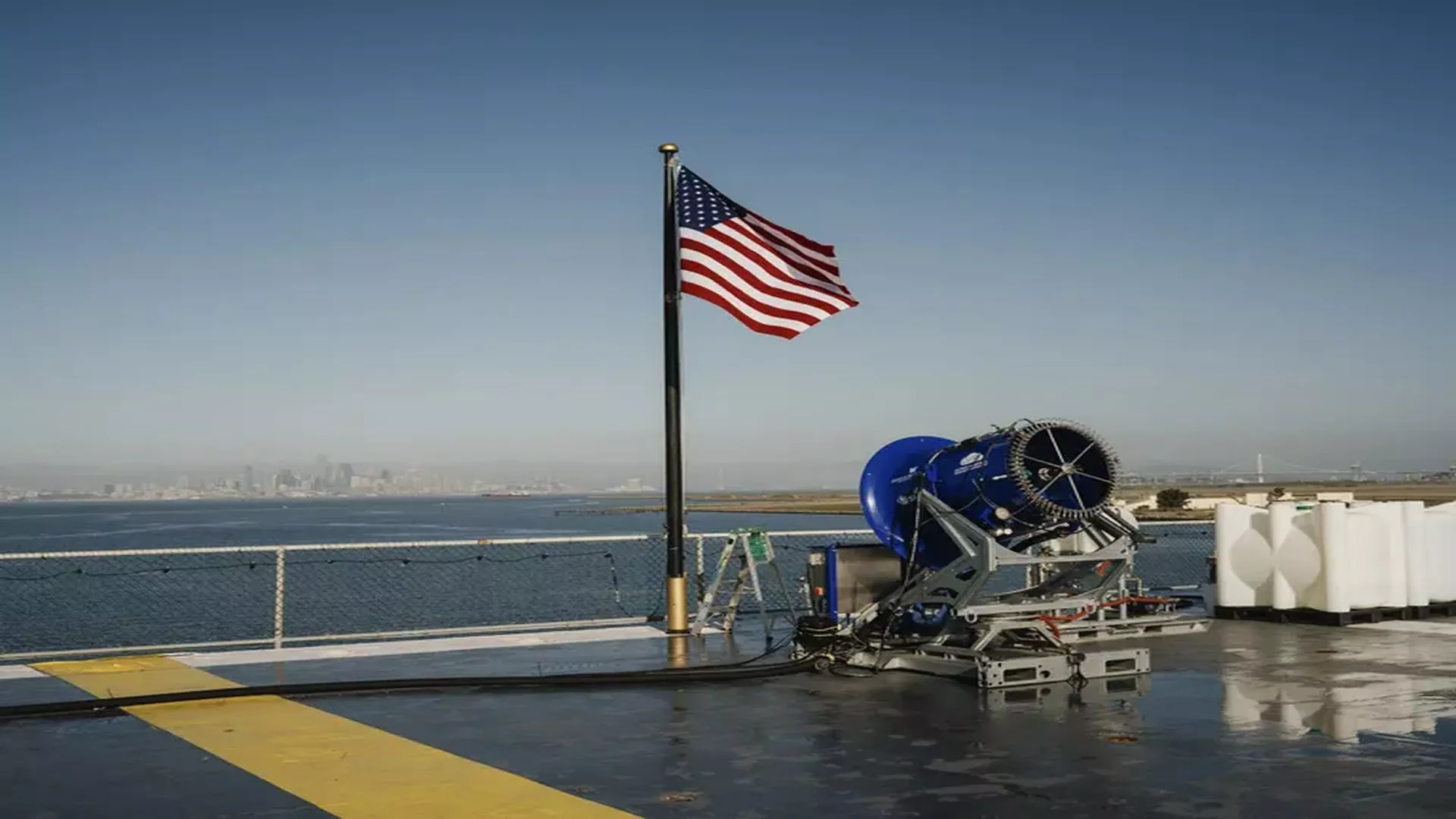
The decision to increase transits is made in consideration of the current and projected level of Gatun Lake, the main water supplier for the canal, which links the Atlantic and Pacific Oceans. The ACP has assured that its specialists are closely monitoring lake water levels to adjust measures as necessary.
Currently, the canal allows the passage of 24 vessels per day, including seven neopanamax vessels using the expansion inaugurated in 2016, and 17 panamax vessels. With the changes scheduled for the end of March, the number of neopanamaxes will remain at seven, while panamaxes will increase to 20.
Under optimal conditions, the canal can handle 35 to 36 vessels per day.
From its inauguration in August 1914 and until its transfer to Panama on December 31, 1999, the Panama Canal has been a crucial hub for world trade, initially managed by the United States. The recent drought, exacerbated by El Niño, has led the ACP to limit the number of transits since January, reducing the optimum from 36 to 24.
This limitation has caused vessel congestion, with up to 160 waiting, many without prior reservation, for several weeks since August. The situation has led some shipping companies to seek alternative routes, which is estimated to reduce toll revenues by US$800 million for this fiscal year, according to ACP Administrator Ricaurte Vásquez.
The current crisis is due to the water deficit in Gatun and Alhajuela lakes. The canal administration has identified projects to secure the water resource, pending governmental approval.
The expansion of the Panama Canal’s capacity reflects an effort to maintain its relevance in global trade and highlights the importance of adapting to climate challenges. The implementation of innovative solutions for freshwater management could serve as a model for critical infrastructure projects around the world, emphasizing the need to balance economic development with environmental sustainability.
Don’t miss any of our posts and follow us on social media!
Inspenet.com YouTube LinkedIn Facebook Instagram
Source: lagaceta.com.ar
Photo: shutterstock.com



